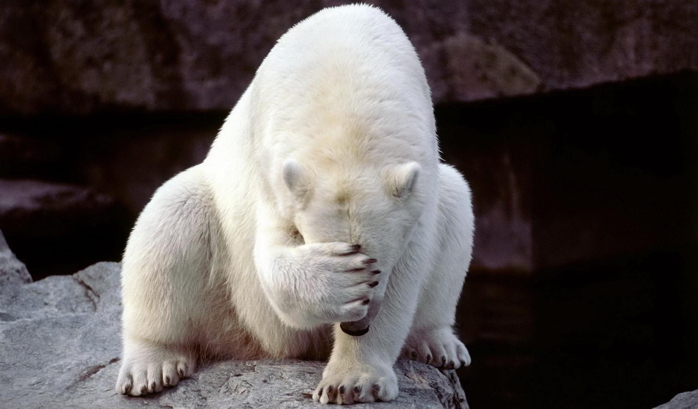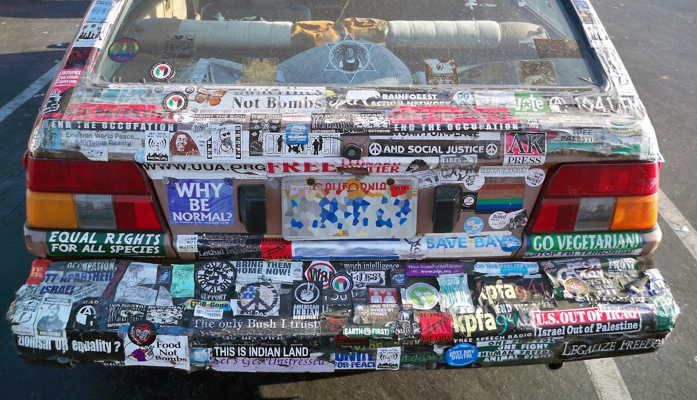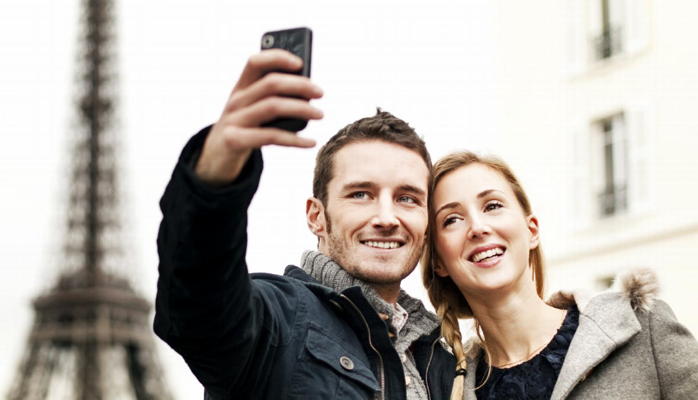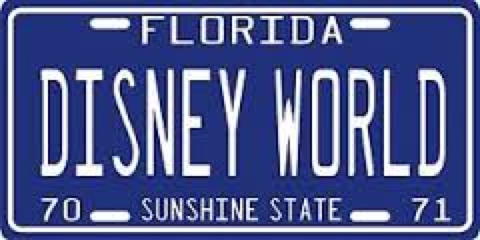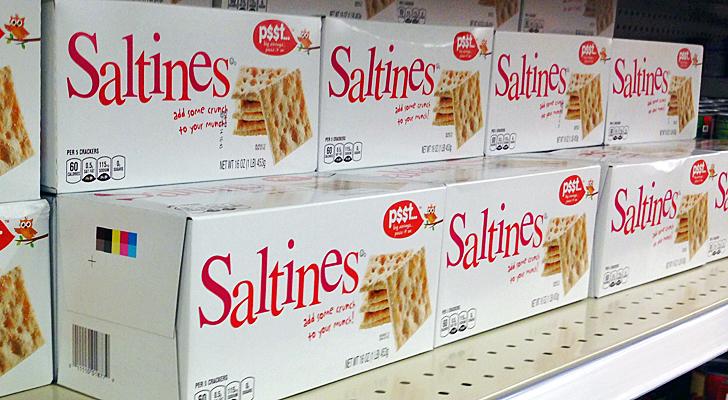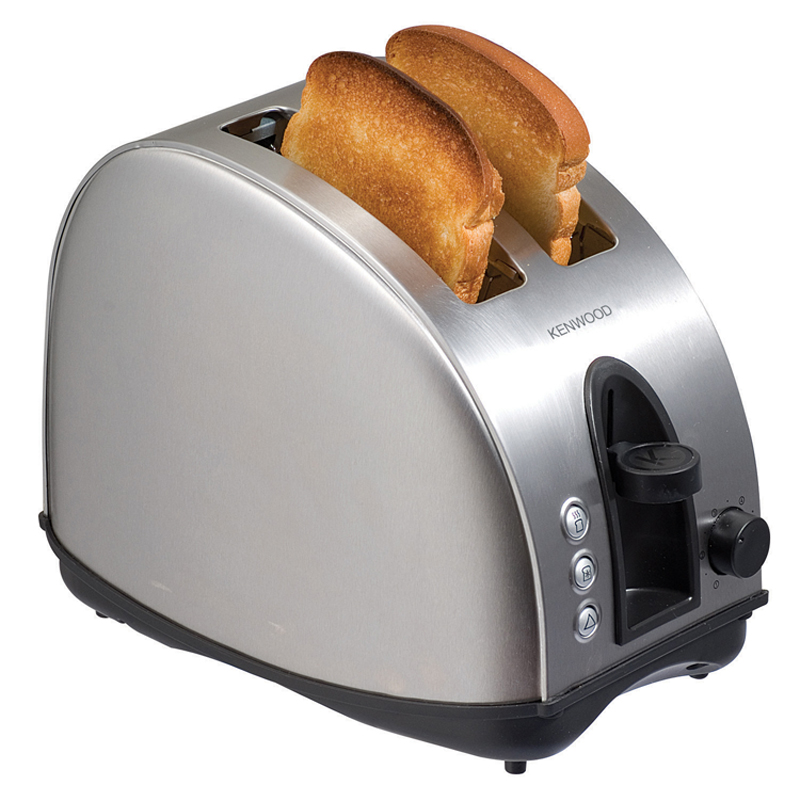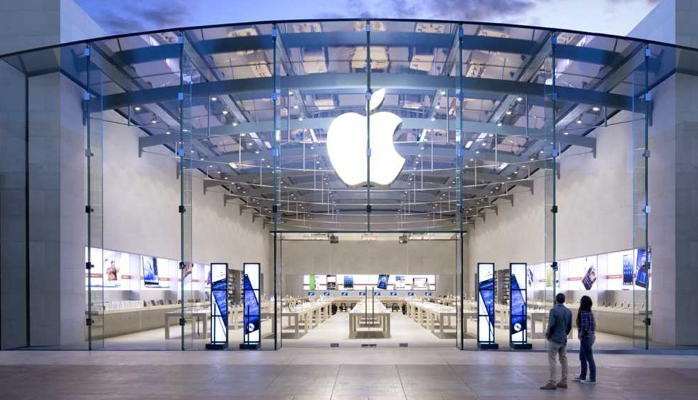
It was 1991 when we got our first Mac. It was a Macintosh LC, nicknamed “the pizza box”, and “LC” I now know stood for Low Cost, but I don’t remember it being cheap. In fact, at over $2000 it was the most expensive thing I had ever bought, next to my car. A relentless series of desktops, PowerBooks and MacBooks, and now iPhones and iPads later, I still buy Apple products and expect to pay substantially more than for non-Apple choices. My new iPhone is at least two-times the cost of an Android smartphone.
By definition Apple products are premium because they cost more. But what needs to be recognized is that Apple has re-invented what premium means, and this re-invention is as profound as the innovation of the products they sell.
Luxury is a very old idea
Premium is often regarded as synonymous with luxury, and signaling luxury relied on showing off what society regarded as scarce or difficult to attain. Luxury is an extraverted idea. The display of a Rolex on a wrist, or Mercedes in the driveway is display of achievement and status. Yet over generations of marketing, many of the signals of luxury are whitewashed over mundane products to give them a premium aura, creating nothing but hollow bling. Additionally, manufacturers and retailers look for a range of pricepoints on the shelf… to trade-up shoppers to higher priced items via cosmetic upgrades or additional (often unnecessary) features. Lastly, luxury can be associated with being pampered, but many comforts that used to be exclusive, like air-conditioned vehicles, have been made common. Overall, arriving at premium based on the symbols of luxury is often an illusion, and consumers, especially millennials, are realizing it.
Premium is now introverted, not extraverted
Today premium is no longer an extraverted, but an introverted idea, thanks to Apple. There is certainly social currency in having a Macbook, iPhone, or the soon to be cool Apple Watch, but they represent a new kind of premium not about scarcity or pampering, but about potential. The luxury of potential does not rest on the cultural symbols of a society based on privilege, aristocratic splendor, or the imperialistic conquest of exotic furs and spices. Apple represents the unlocked potential of achievement, not the spoils. This is a game-changer for all premium brands, and will require re-tooling or we will see new, introverted premium brands quickly overtake the old guard. For younger affluent consumers, a Tesla is more desirable than a Mercedes, and the Apple Watch may well be more desirable than a Rolex, because they are more than products- they are accessories for a new attitude. This new attitude redefines what is valuable around who is in our lives, our sense of purpose, and how we engage, not what we own.
Apple may not have set out to redefine premium, but whether intentional or not, it is the result of their behavior as a Brand. To reverse-engineer Apple’s formula for the new premium idea, here are three phenomena that have added up to the “premium of the future” based on a change from extraverted to introverted.
Introverted Premium is the Why, not How or What
Traditional luxury often originates as fine craftsmanship, but it creates objects that are coveted and displayed, not ideas that are scalable. I will credit Simon Sinekback in 2009 for illuminating the idea of “Why” as a powerful way to lead and inspire organizations and appeal to consumers. Apple is obsessed about its “why” and as a result it creates products and experiences that are premium. To quote Sinek regarding his why-centric Apple idea- “Everything we do, we believe in challenging the status quo. We believe in thinking differently. The way we challenge the status quo is by making our products beautifully designed, simple to use and user friendly. We just happen to make great computers. Want to buy one?” These are introverted motivations. Simple, user friendly, even beautiful are qualities that we value personally, not to be broadcast socially. The simplicity allows one to express oneself and work more effectively, and beauty is both a metaphor for simplicity and an inspiration for our own great works. This earns our respect and creates desire. “Why” is the center of the circle, but how we all connect with the why is more mysterious, and just as important to being premium.
Introverted Premium transforms the Brand idea into a religion
Since the birth of the Macintosh with it’s graphical interface, “simple” has been the singular idea underpinning the Apple brand. The quest for simple unleashed computing on the masses in a way that may never have happened without Apple. But having a strong idea, a “why”, can only have success if it becomes religion and drives action. Apple made simple-ness into a kind of religion (albeit a “lowercase” religion). It had a prophet in Steven Jobs, a “spiritual center” in Cupertino, a liturgy in the famous Macworld EXPOs, and zealots from the creative class. Apple’s advertising and communications felt different and amplify “simple” into the belief that Macintosh is for smart, creative people who need a way to express their individuality, which attracts evangelists. The religion of Apple is always moving forward and bringing our own stories along with it. The brand provides us with technology-based optimism: an introverted doctrine of progress based on the individual’s escalating ability to achieve and connect.
Introverted Premium is an experience, not a thing
Apple is an experience above all else, and the majority of that experience happens when we are alone with our devices. After all, we unlock our experiences with our own personal Apple ID’s. We have our music, our apps, and our friends all personalized and organized in an Apple way. We create our own versions of the experience inside of a digital world tethered together and enabled by Apple.
It is easy to equate experience with a place like the Apple Store, but when your Brand is like a religion the store becomes a temple. The Apple Store creates a place to gather as a community and see other Applepostles. The store is a locus for the Apple idea that is experienced personally everywhere, without walls. The Apple experience is portable and omnipresent, and introverted. It is tactile in the products, aesthetic in the interfaces, audible in the sounds, human in the sales and support, empowering in the functionality, and it is well managed at every touch-point.
Characteristics of the new premium
The experience delivers consistently in these three areas, providing the clearest definition of the new introverted premium:
- It consistently presents a “why” brand idea through design, communications, and behaviors, and does not rely on the extroverted motifs of status and luxury that can be obstacles to acceptance or irrelevant to many cultures and groups.
- It allows the triumph of our own stories over its own. It pulls the believer into an optimistic view of the future, with an endless well of innovation that will give us more power and control- the keys to new capabilities. The Apple Watch, for instance, promises to take our Apple experience into a new story of healthcare and wellness. We don’t doubt that it will.
- Finally, the brand experience of Apple is about how we feel, not how we want others to judge us. This is the ultimate change in the premium paradigm.
There will always be luxury goods in the classic sense of Louis Vuitton and Prada because there will always be elitism. The future, however, will require a new perspective on premium, pioneered by Apple. Brands that seek a premium position in sectors like automotive, retail, travel, and dining will win by embracing an introverted, experience based mindset, the sooner the better.
Bill Chidley is a Partner and Co-Founder at ChangeUp. Creating Innovating Experiences that Drive Growth. http://www.changeupinc.com
Tweet the author at @chillbidley
